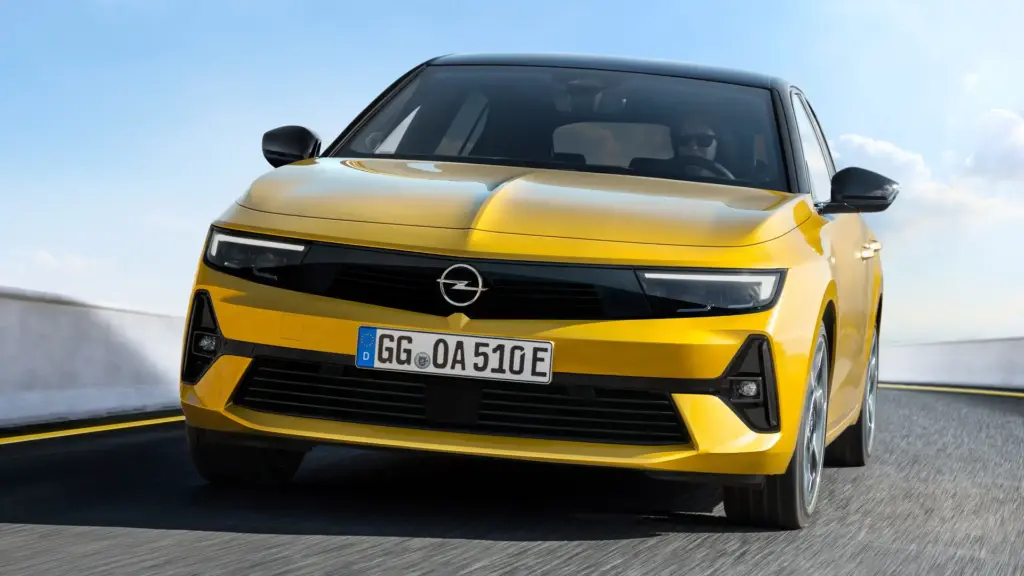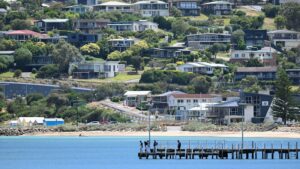
The German car brand Opel, once the source of the final Holden Commodore, has revealed it is contemplating a return to the Australian market under French ownership. This consideration comes more than a decade after Opel’s brief 11-month presence in local showrooms ended. However, the company faces significant hurdles in establishing a “sustainable business case” in one of the world’s most competitive new-car markets, bolstered by minimal tariffs and proximity to China.
Opel is now part of the Stellantis group, formed by the merger of the Peugeot-Citroen and Fiat-Chrysler conglomerates, following its sale to Peugeot-Citroen in 2017 by General Motors. Despite its historical ties with Holden, Opel’s attempt to sell cars under its own name in Australia during the mid-2010s was short-lived, with fewer than 3,000 vehicles sold before the brand announced its exit.
Challenges in the Australian Market
The announcement comes as Opel acknowledges the difficulties in penetrating the Australian market. “Australia, in the last rounds [of evaluation], has not proven to be a ground for us where we think we can create a sustainable business case for our partners,” a company spokesperson stated. Despite regular updates to its planning, Opel currently has no immediate plans to re-enter the market.
Meanwhile, Opel operates in New Zealand, launching there in 2022 with a range of petrol, hybrid, and electric vehicles aimed at capitalizing on new incentives for low-emissions cars. However, sales have been disappointing, with only 20 cars sold in the first eight months of 2025, a stark 90 percent drop from 208 vehicles sold in the same period in 2023.
Market Dynamics and Strategic Evaluations
Emissions rules similar to those introduced in New Zealand are now in force in Australia. Yet, Opel’s CEO, Florian Huettl, emphasized the need for a healthy demand forecast before committing to a market entry. “This is true for Australia, but also for other markets,” Huettl noted. “What we evaluate is the adequation of our offer to the most relevant segments, and the segment mix. The demand of the customers in Australia and the Opel offer needs to match.”
Opel has introduced several new models, including the Frontera, a multi-energy family car, and the Grandland, a larger C-SUV. These models could potentially appeal to Australian consumers in future evaluations. However, Huettl remained cautious, stating that the company would reassess the market and its offerings in future evaluation waves.
Historical Context and Future Prospects
Opel’s previous attempt to establish itself in Australia ended in August 2013 due to financial viability concerns. The brand struggled to reposition the pricing of its core models to remain competitive and faced challenges in maintaining brand awareness. Executives had set a target of 15,000 sales by 2015, but only 2,897 vehicles were sold before the decision to exit was made.
The competitive landscape has only intensified since then. In 2013, cars from China accounted for just 0.6 percent of new vehicles sold in Australia. Today, nearly 20 percent of new vehicles sold are made in China, often undercutting Japanese and European competitors like Opel in a market that now includes nearly 70 brands.
Being part of the global Stellantis group could facilitate Opel’s re-entry, as sibling brands like Peugeot, Alfa Romeo, and Jeep already have a presence in Australia. However, discussions with potential local distributors, such as Inchcape, remain speculative.
“We are in good discussions whenever we evaluate our options. We are in good discussions between the regional management, potential partners, and the brand, and this is how we move forward and evaluate,” an Opel executive commented.
The potential return of Opel to Australia remains a topic of interest, with the brand’s future decisions likely influenced by market dynamics and strategic partnerships. As the automotive landscape continues to evolve, Opel’s next steps will be closely watched by industry analysts and consumers alike.







